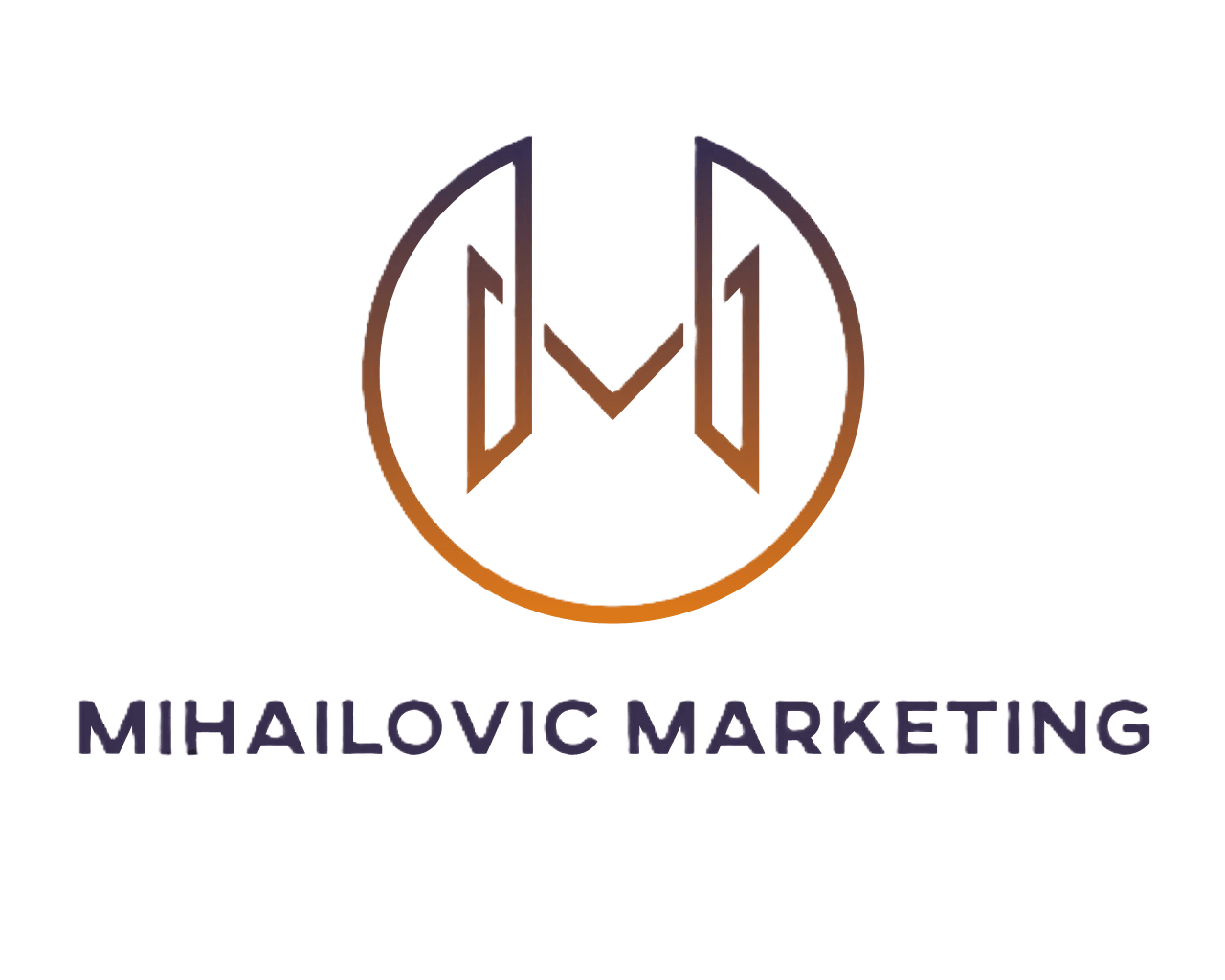Comparing Traditional vs. Digital Marketing: What’s Best for Your Business?
Understanding Traditional Marketing
Traditional marketing refers to conventional methods that have been used for decades to reach consumers. This includes television ads, radio spots, print advertisements in newspapers and magazines, direct mail, and billboards. These channels have been the backbone of marketing strategies for many businesses, providing a broad reach and a familiar presence in the consumer's daily life.
One of the main advantages of traditional marketing is its ability to reach a wide audience quickly. Television and radio ads can reach millions of people at once, making them effective for brand awareness. However, these methods can be quite costly, and it can be difficult to measure their effectiveness accurately.

The Reach of Digital Marketing
Digital marketing, on the other hand, uses online platforms to connect with consumers. This includes social media, search engines, email marketing, and websites. The rise of the internet and mobile devices has significantly increased the popularity of digital marketing, offering businesses a cost-effective way to interact with a global audience in real time.
One of the standout features of digital marketing is its ability to target specific demographics with precision. Through tools like social media advertising and search engine optimization (SEO), businesses can tailor their messages to reach their ideal customers. Additionally, digital marketing campaigns provide measurable results, allowing companies to track their return on investment (ROI) more effectively.

Comparative Analysis: Traditional vs. Digital
When comparing traditional and digital marketing, it's essential to consider several factors that can impact your business's success. These include cost, reach, targeting capabilities, and measurability.
- Cost: Digital marketing is generally more affordable than traditional methods, offering flexible budgeting options for businesses of all sizes.
- Reach: While traditional marketing can reach broad audiences, digital marketing offers global reach with precise audience targeting.
- Targeting: Digital marketing excels in targeting specific audiences based on demographics, interests, and behaviors.
- Measurability: Digital campaigns provide detailed analytics and insights into performance metrics, unlike traditional methods.
Choosing the Right Strategy for Your Business
The decision between traditional and digital marketing depends on your business goals, target audience, and budget. For businesses seeking local engagement and brand recognition, traditional methods can be effective. However, if reaching a broader audience with targeted messaging is your priority, digital marketing may be the better choice.

Ultimately, many businesses find that a combination of both traditional and digital strategies provides the most comprehensive approach. By leveraging the strengths of each method, companies can maximize their outreach and engagement with potential customers.
Integrating Both for Optimal Results
Integrating traditional and digital marketing strategies allows businesses to create a well-rounded campaign that takes advantage of both worlds. For instance, using print ads to drive traffic to your website or social media platforms can enhance customer interaction and brand loyalty. Meanwhile, digital campaigns can support traditional initiatives by providing additional touchpoints for customer engagement.
In today's ever-evolving marketplace, staying adaptable and open to new approaches is key. Whether you choose traditional, digital, or a hybrid strategy, understanding your audience and aligning your methods with your business objectives will lead to success.
